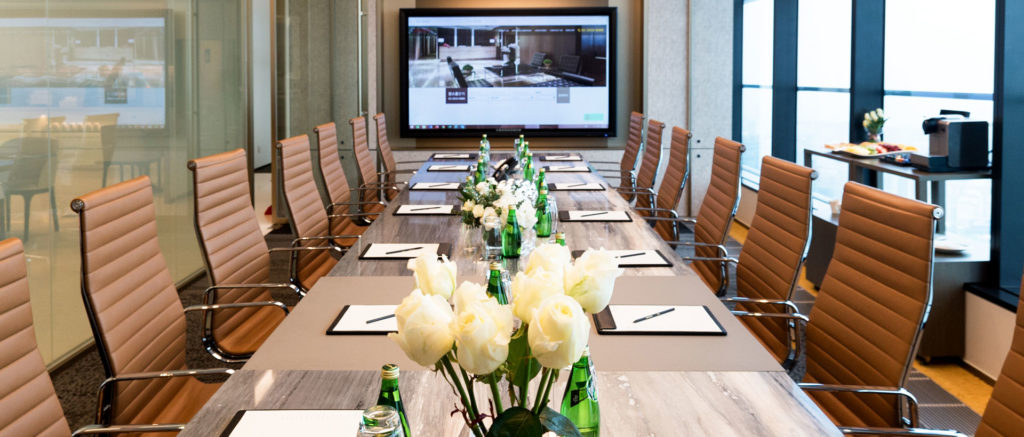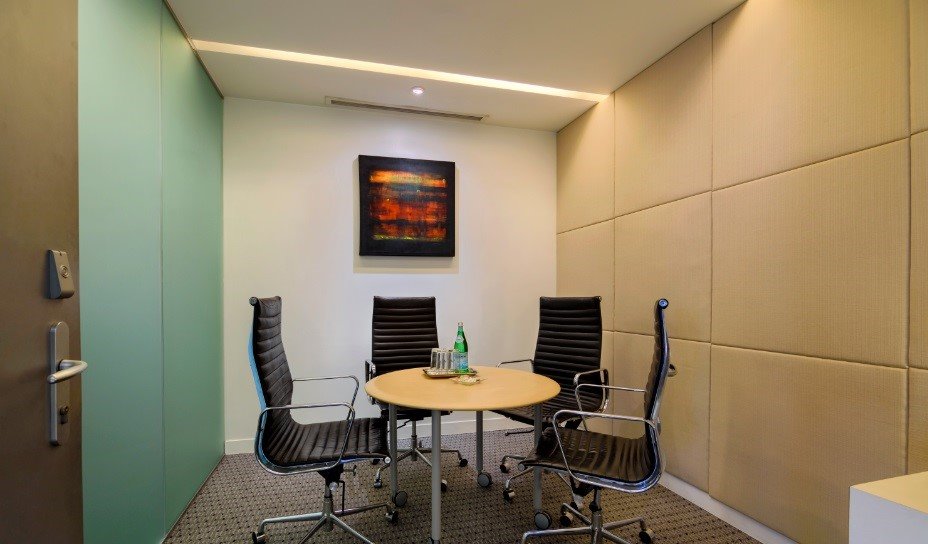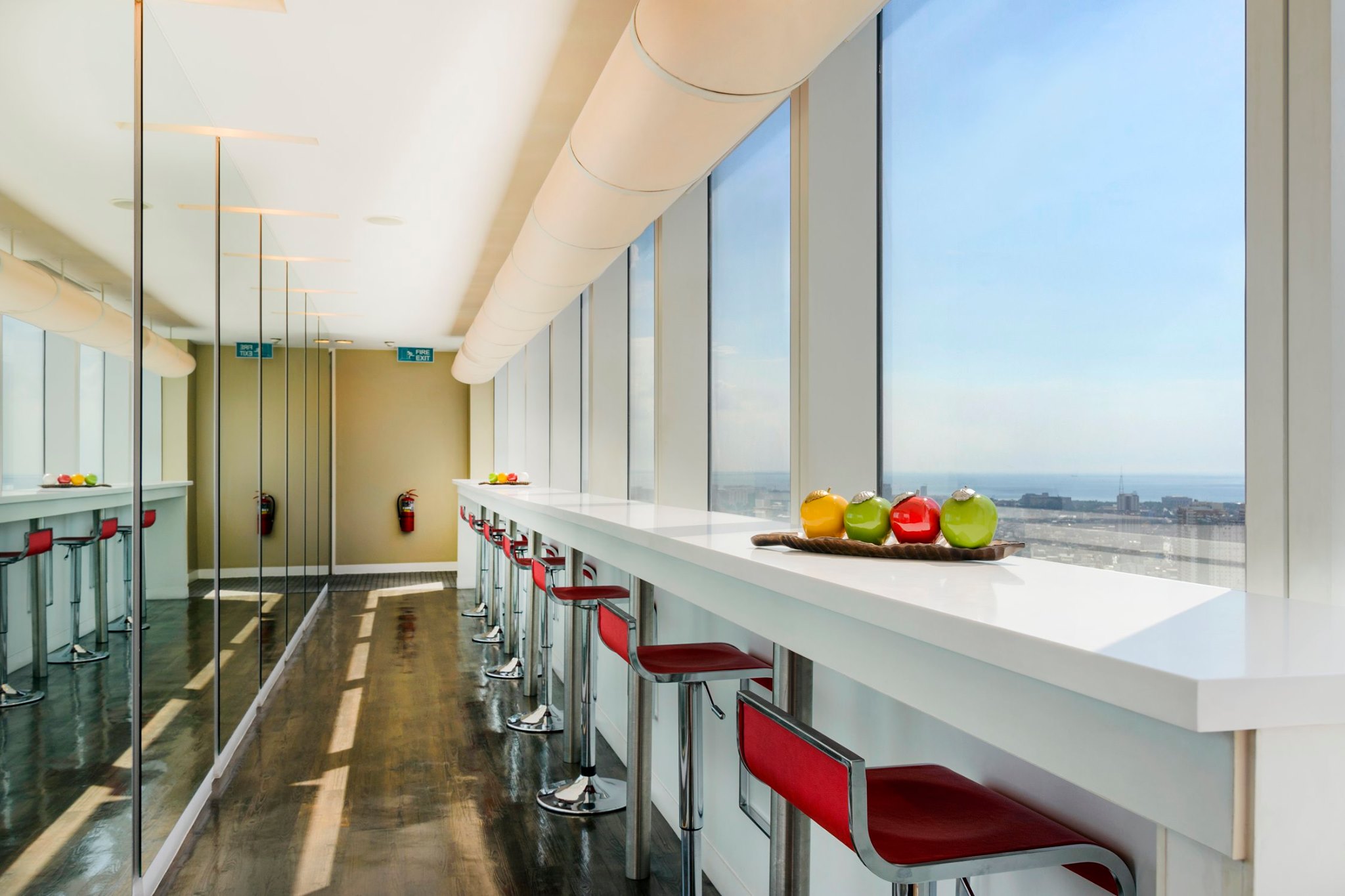The Alternative Workplace: Changing People’s Working Places and Working Conditions
People’s workplace as rampantly evident and noticed today, is undergoing a major sociological swift- brought about and influenced by the world’s population in technologies, many people’s preference nowadays have a high bar of standards. Businessmen, employees, company owners now aspire better control over their decisions, their companies’ cost-reduce necessities, and most especially, their time. Today, work-life-balance is what most people look for, in turn, making them draw closer to jobs, business set ups, and company structures that give just that.
New businesses, small big businesses, even large scales ones are no longer constricted to operating their businesses in a physical store, or an actual physical offices. There are many alternative workplaces available for all industries; such are shared offices/workplaces, telecommuting, office incubators, virtual offices, serviced offices, and third-party service providers, work-at-home. These workplace alternatives usually provide the advantage of reduced overhead and operating business expenses when used strategically. Most of the time, these alternative workplaces encourage and help collaborative work efforts, they also tend to provide encouragement to working forces with the limited space and time provided depending on how much the company is willing to allocate.
The business world is starting to embrace this change in traditional workplace by slowly breaking the bond between “the work” and “the office” through these new alternative workplaces. The traditional working condition is transforming is in a way where the work is moved to the worker, instead of the worker to move.
There are so many advantages to alternative workplace when used and monitored properly and strategically. One main and most obvious advantage here is the cost reduction. Even big companies like AT&T and IBM have publicly shared their companies’ hundred of millions cash flow improvement and savings by eliminating parts of their offices and consolidating others.
“Another reason is the potential to increase productivity. Employees in the alternative workplace tend to devote less time and energy to typical office routines and more to customers. At IBM, a survey of employees in the Mobility Initiative revealed that 87% believe that their personal productivity and effectiveness on the job have increased significantly.” Mahlon Apgar, IV of Harvard Business Review shared.
Alternative working strategies’ fundamental foundation is using less space, less real estate to support more and enhanced performance. With this fact, the people in the working environment tend to be happier because they get to spend less time confined in their office cubicles, office desks, and computers. They now spend more time being productive in places outside their usual confined four corners- they get to go more to their clients offices, meet them in restaurants, coffee shops which are nearer to their homes, meaning less time commuting and polluting. And when they all do come together into their alternative workplace, say a virtual office with free serviced office space once a month, they use their collaborating and building connections to each more.
The business society today is faced on the edge of a new border, that is the alternative workplace that delivers a great opportunity to grant both the worker and the company its benefits.
IBM’s Dayton explains, “We talk about mobility, but the next frontier is lack of mobility. The alternative workplace—and all the technology that enables it—is changing the way people collaborate.” We are irrefutably moving from an era to another in which more people seek connections with one another to an era in which people will have to decide when and where to disconnect—both electronically and socially. Organizations that pursue AW initiatives—particularly those with home office arrangements—must be mindful of that absurdity. Alternative workplaces changes they way people work greatly, workers and companies must be mindful that balancing both the individual and corporate interests is the way to go in order realize this alternative workplace concept’s full potential.
The conceivable benefits are well defined. But at the same time, could not well work with everyone. Such workplace strategies can certainly be difficult to adopt to for some, even for those who are already in an organization that is most suited to them. Rooted behaviors and everyday hurdles are hard to overcome, and the challenges of managing both the cultural changes and the systems improvements required by the alternative workplace and change in the way you work initiatives are substantial.
As with any need- may it be personal or organizational, the best place to start with is identifying and having a clear understanding of the many possible changes and arrangements with methods and systems that alternative workplace can take.
Mar 11, 2016




 Bahasa
Bahasa
 日本語
日本語
 한국어
한국어
 ไทย
ไทย
 tiếng Việt
tiếng Việt
 中文
中文







